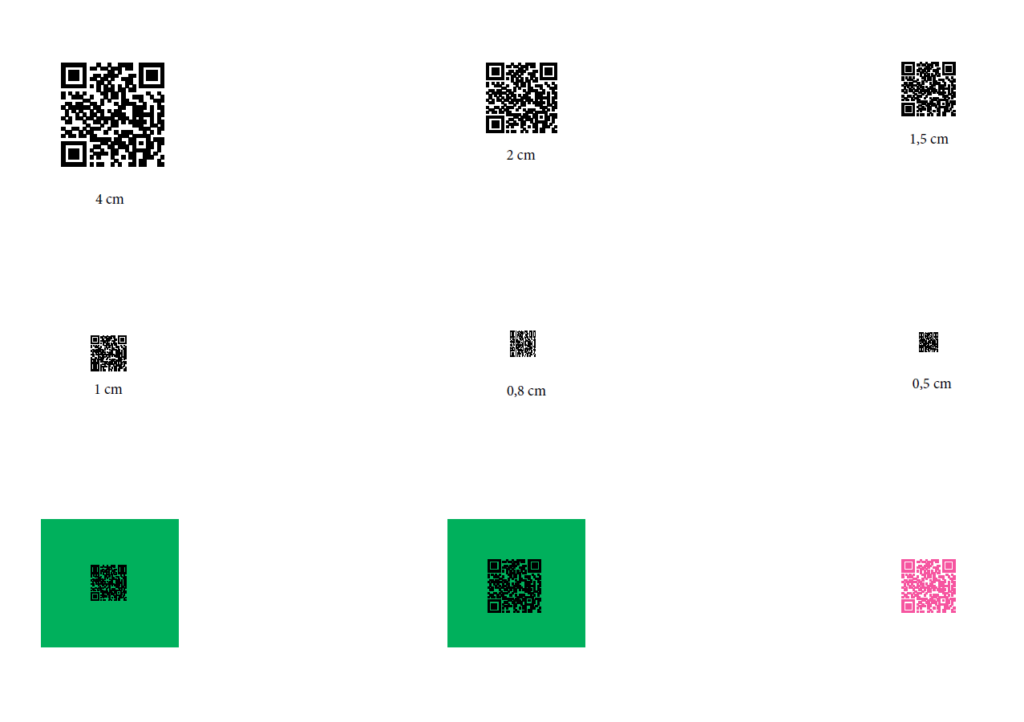QR codes are widely used for connecting digital content to physical media. To understand their scannability and limitations, I conducted an experiment. Here’s what I found, based on best practices and my own tests.
Best Practices for QR Code Scanning
According to various articles read online and mainly referring from an article published by the Nielsen Norman Group, these are the best practices while using Qr Codes.
- Color Contrast and Light Mode:
- Foreground and Background: Use a dark foreground on a light background. Dark colors absorb more light, creating clearer edges for scanning technologies, which is crucial in extreme lighting conditions.
- Avoid Inverted Colors: Modern devices might scan inverted QR codes, but not all technologies, especially in physical locations, can handle them reliably.
- Minimum Size Considerations:
- Official Minimum Size: The recommended minimum size is 1 cm x 1 cm (0.4 inches x 0.4 inches), but a larger size is more reliable.
- Optimal Minimum Size: A size of 2 cm x 2 cm (0.8 inches x 0.8 inches) is more reliable, accounting for variations in scanning technology and user environments.
- Distance and Size Relationship:
- Scaling with Distance: Increase the QR code size based on the expected scanning distance. For every 10 cm of distance, add 1 cm to the code dimensions. Example: For a 10 cm scanning distance, the code can be 1 cm x 1 cm. For a 50 cm distance, the code should be at least 5 cm x 5 cm.
My Experiment: Testing QR Code Sizes and Backgrounds
To verify these guidelines, I printed QR codes of various sizes and backgrounds and tested their scannability with my phone. Here are my findings:

Less than 1 cm: I could not scan the QR code.
1 cm x 1 cm QR Codes:
- Plain Background: My phone could scan a 1 cm x 1 cm QR code on a plain background, but it took some time to recognize it.
- Colorful Background: Scanning a 1 cm x 1 cm QR code on a colorful background was problematic and time-consuming, often failing to recognize the code.
- Colorful QR Code: Scanning a colorful QR code of this size was also problematic and time-consuming, often failing to recognize the code.
1.5 cm x 1.5 cm QR Codes or bigger:
- Plain Background: These codes were easily scannable with no delay.
- Colorful Background: My phone could recognize these codes reliably even with a colorful background.
- Colorful QR Code: Scanning a colorful QR code of this size was also very easy.
Conclusion
In conclusion, I would say that what was written on the guidelines was very similar to what I experimented. However, most of the times having a colorful background or Qr Code posed no problems to scanning, problems arose only when the QR code size was reduced to 1 cm.
Sources